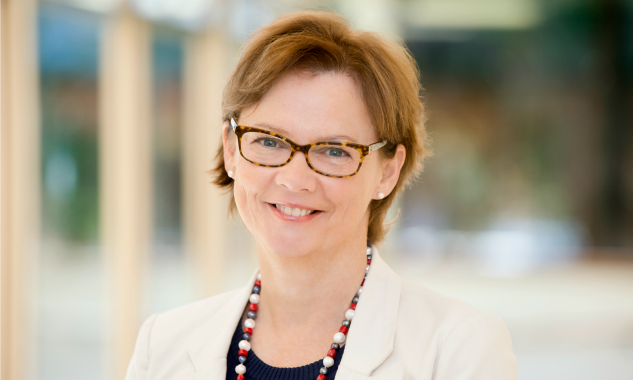Brands send messages. It’s been said that on any average day we may see between 5,000 and 10,000 brands. If you go to the supermarket, this figure can jump to 40,000 brands. With all that clutter, how many do we actually remember, let alone notice?
Add to that confusion the fact that we now live in the age of the ‘experience’ brand, where great brands must now offer a distinct customer ‘experience’. Why do you think so many corporate partners want team volunteering experiences for their staff? Why does social media go nuts over the City2Surf and hundreds of other public sporting and fundraising events? Everyone’s running, cycling, walking or baking for something these days. Yet all this activity is not about money at all; it’s about meaning.
We are tribal beings. We need to belong. The brands that inspire loyalty beyond reason – such as Apple, Greenpeace, Google, Nike, Cancer Council – do so because their followers believe in them, and by supporting those brands they believe they are saying something to the world about themselves. Brands that can create a unique, memorable experience will inspire lifelong loyalty. Apple never just promotes their technology; it’s always the promised ‘experience’ it delivers.
The good news is that you don’t need a lot of money to create a memorable experience for your customer – you just need to make it personal. Great brands offer a very specific, unique kind of value and they usually drive this message home by using brand ambassadors, who put a face to the brand. Putting a human face – a human touch – to your brand experience can supercharge your marketing.
The Fred Hollows Foundation is a master marketer and fundraiser in the Australian NFP space. A few years ago I was privileged to hear Nicola Stewart, then Director of Fundraising, speak at a conference about how, back in 2005, the Fred Hollows Foundation was struggling with their fundraising. They knew they had to fix things, and they knew it was a branding issue. So they went back to the brand basics, returning to the original Fred Hollows storyline, featuring Fred as the brand ambassador supported by iconic imagery, creating a clear and consistent brand with a strong call to action – ‘Restore sight for $25’ – and backing it all with powerful individual stories. They’ve never looked back. Today, they are still one of the most successful non-profit brands in this country.
Apart from brand ambassadors, NFPs need a strong logo, a defining tagline and a style guide that will protect their brand in all their communications. Then there’s the brand architecture to think about. Brand architecture describes the relationship between your primary brand and any sub-brands. It’s quite common to see charities with a proliferation of house brands or a new logo for every service division. This weakens your overall branding. The more brands you have, the harder it is to raise awareness.
You need one ‘master brand’ that tells your overall story. If you already have a number of brands, it might be worth working with a marketing expert to conduct a brand audit and develop an overarching brand strategy. Otherwise, things can get messy – and pricey. A strong overarching brand strategy is one that clearly defines and protects the master brand and outlines the brand architecture. All sub-brands then serve to reinforce rather than dilute the overarching brand.
So why does this matter?
- With multiple logos you create identity confusion (i.e. who exactly is the entity behind the message?).
- If your program or service stream has its own logo, and the customer builds allegiance to it, what happens if that particular program or service is sold off or discontinued? It becomes so much harder to raise awareness.
- Brands contain stories, which in turn generate goodwill or brand equity. What happens to that goodwill if the brand disappears due to a takeover or merger?
As I look around the disability sector today, there are many providers considering or implementing mergers and takeovers. The smartest ones respect the years of goodwill that may be associated with the brand they are taking over. They understand the value of the brand as part of the organisational asset base. As more disability providers turn to partnerships, mergers and social enterprises, the importance of an overarching brand strategy will be critical to protect existing goodwill and prevent damage to their messaging, visibility and fundraising.
Fran Connelley is a marketer who specialises in brand-driven strategic change for non-profits.
Fran Connelley is a culture and communications specialist with over 20 years’ experience in the non-profit sector. Her latest book, ‘Workplace Culture & the NDIS’ is available from Amazon, Booktopia or direct from www.cultureandcommunications.com.au






















































































































































